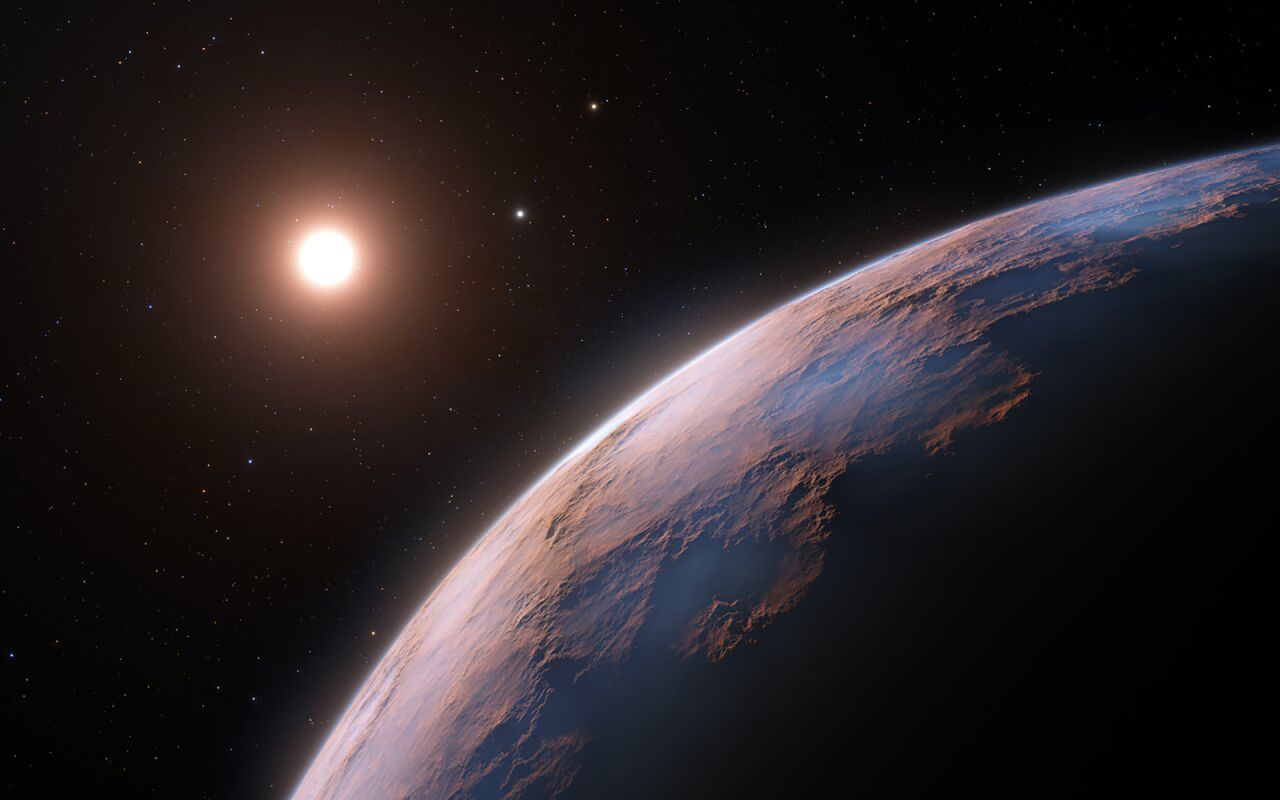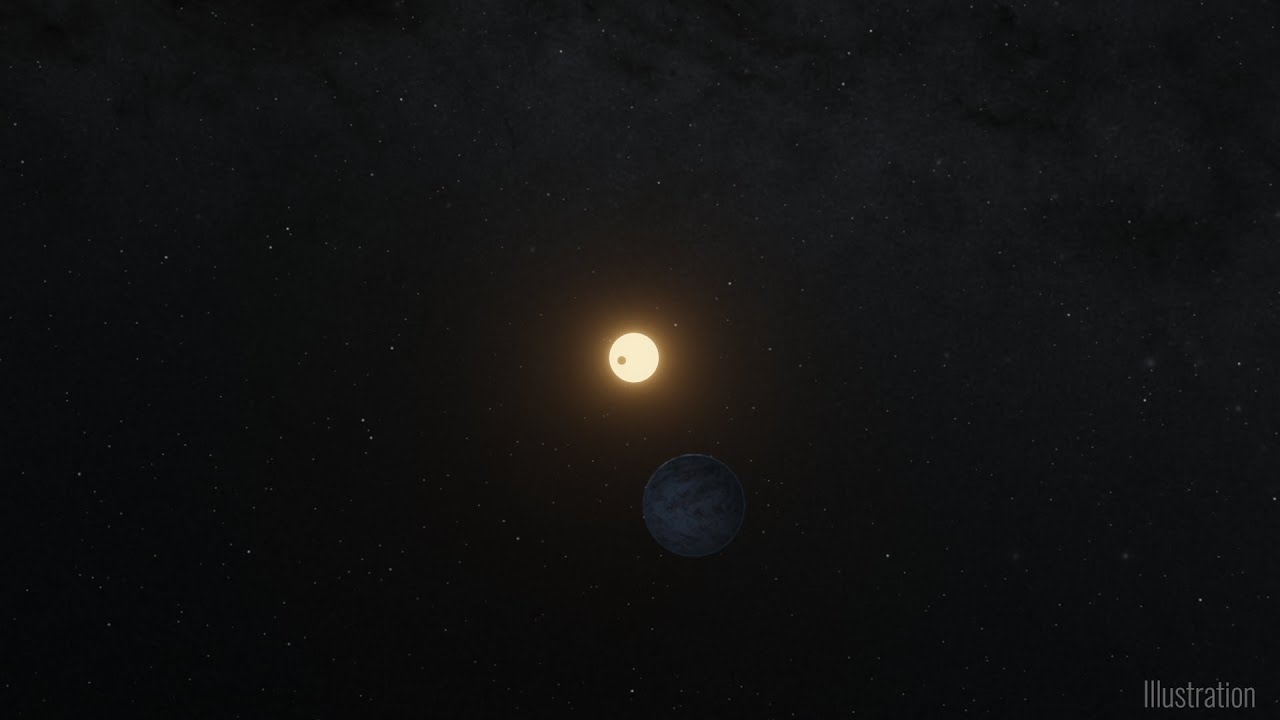Second Earth-sized Planet With The Potential For Life Discovered Orbiting A Nearby Star
Second earth-sized planet orbiting a nearby star roughly 100 light-years distant has been discovered by a NASA probe. According to NASA's 2014 Science Plan, the program's principal objectives are to find planets orbiting other stars, define their features, and locate planets that could be habitable.
Author:Rhyley CarneyReviewer:Paula M. GrahamJan 12, 202313K Shares201.2K Views

Second earth-sized planet orbiting a nearby starroughly 100 light-years distant has been discovered by a NASA probe.
The division of NASA is responsible for exoplanet research, technology, and mission management. According to NASA's 2014 Science Plan, the program's principal objectives are to find planets orbiting other stars, define their features, and locate planets that could be habitable.
Discovery Of Earth-Sized Planet TOI 700 E
The TOI 700 e planet, which is 95% the size of Earth, is most likely composed of rocks. The planet is the fourth to be found in orbit around the tiny, cold M dwarf star TOI 700. NASA's TESS (Transiting Exoplanet Survey Satellite) mission is responsible for discovering all of the exoplanets.
The Earth-sized planet TOI 700 d was found in the system in the year 2020. These two exoplanets are in the habitable zone of their star, meaning that they are the proper distance from the star for liquid water to exist on their surfaces. The existence of liquid water provides strong evidence that the planets are, or were in the past, capable of supporting life.
It was revealed on Tuesday at the 241st meeting of the American Astronomical Society in Seattle that a paper on the exoplanet had been approved for publication in The Astrophysical Journal Letters.
“„This is one of only a few systems with multiple, small, habitable-zone planets that we know of. That makes the TOI 700 system an exciting prospect for additional follow-up. Planet e is about 10% smaller than planet d, so the system also shows how additional TESS observations help us find smaller and smaller worlds.- Emily Gilbert, NASA’s Jet Propulsion Laboratory in Pasadena, California

TESS Finds System's Second Earth-Size Planet
Transiting Exoplanet Survey Satellite Observations
The planets were found by scientists while conducting TESS observations, which were aimed at finding new planets and stars.
The 2018 TESS mission watches the brightest stars and measures their brightness variations over the course of 27 days. These brightness decreases, known as transits, are caused by planets in orbit around their stars. In 2018, the expedition switched its focus to the northern sky after having first observed the southern sky.
During its two-year mission, TESS surveyed solar systems and monitored star brightness for dips induced by planets transiting in front of them. The original mission was set to expire in 2020, however thanks to an extension of TESS, a new planet was found during that extra year.
“„If the star was a little closer or the planet a little bigger, we might have been able to spot TOI 700 e in the first year of TESS data. But the signal was so faint that we needed the additional year of transit observations to identify it.- Ben Hord, NASA's Goddard Space Flight Center
A total of 66 new extrasolar planets have been discovered, and the spacecraft has now generated images for nearly 75% of the sky. And it pointed to 2,100 potential exoplanets that scientists are now investigating.
“„TESS just completed its second year of northern sky observations. We’re looking forward to the other exciting discoveries hidden in the mission’s treasure trove of data.- Allison Youngblood, TESS
Dwarf Stars Are Common In The Universe
Many small, cold M dwarf stars like TOI 700 have been discovered to host exoplanets in recent years, and the James Webb Space Telescope will study one such system, the TRAPPIST-1 system, and its seven exoplanets.
TOI 700 b, the closest planet to the star, is just 90% the size of Earth and orbits the star once every 10 Earth days. TOI 700 c, on the other hand, is 2.5 times the size of Earth and completes an orbit of its star in 16 days. Like our moon, these planets are probably tidally locked, meaning they constantly present the same side to the star.
Planets d and e, two exoplanets in the star's habitable zone, have lengthier orbits of 37 and 28 days, respectively, due to their somewhat greater distance from the star. Planet e, the latest addition to the list, may be found between planets c and d.
Final Words
More data from TESS is coming in as researchers utilize other space and ground-based observatories to continue monitoring the interesting planetary system.
According to Gilbert, the recent finding of planet e demonstrates that the satellite may contribute to the search for ever-smaller planets.

Rhyley Carney
Author

Paula M. Graham
Reviewer
Latest Articles
Popular Articles